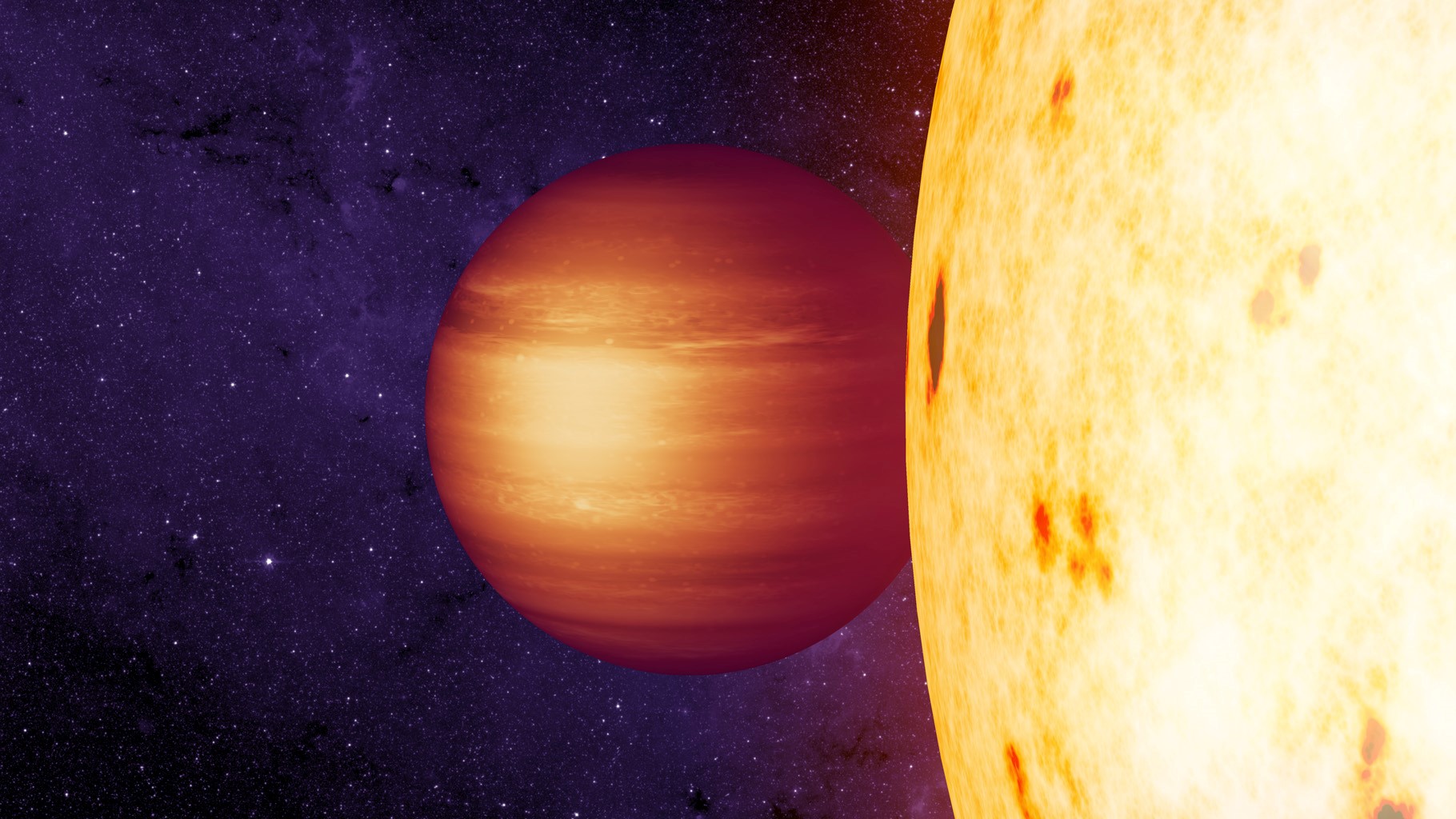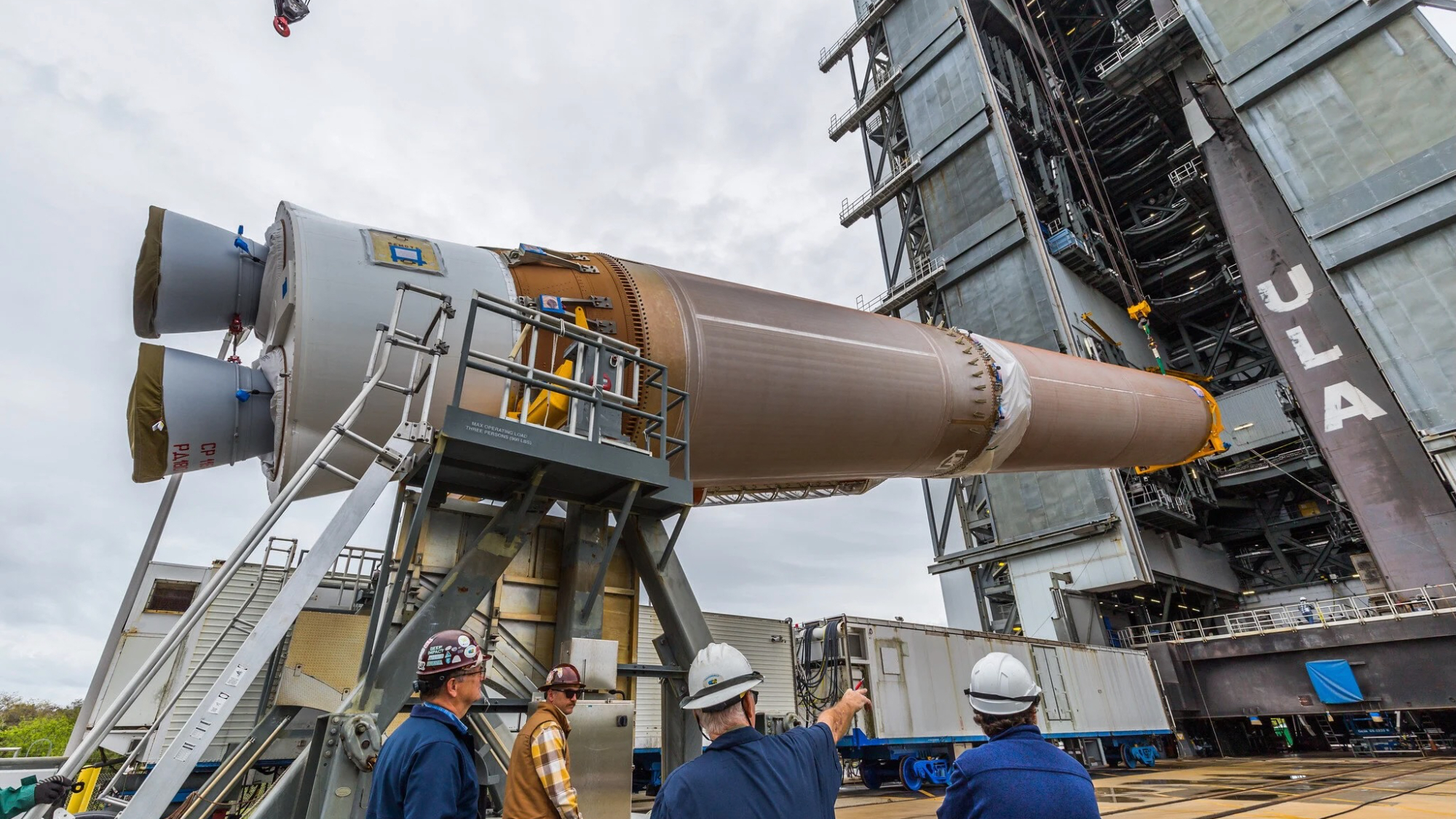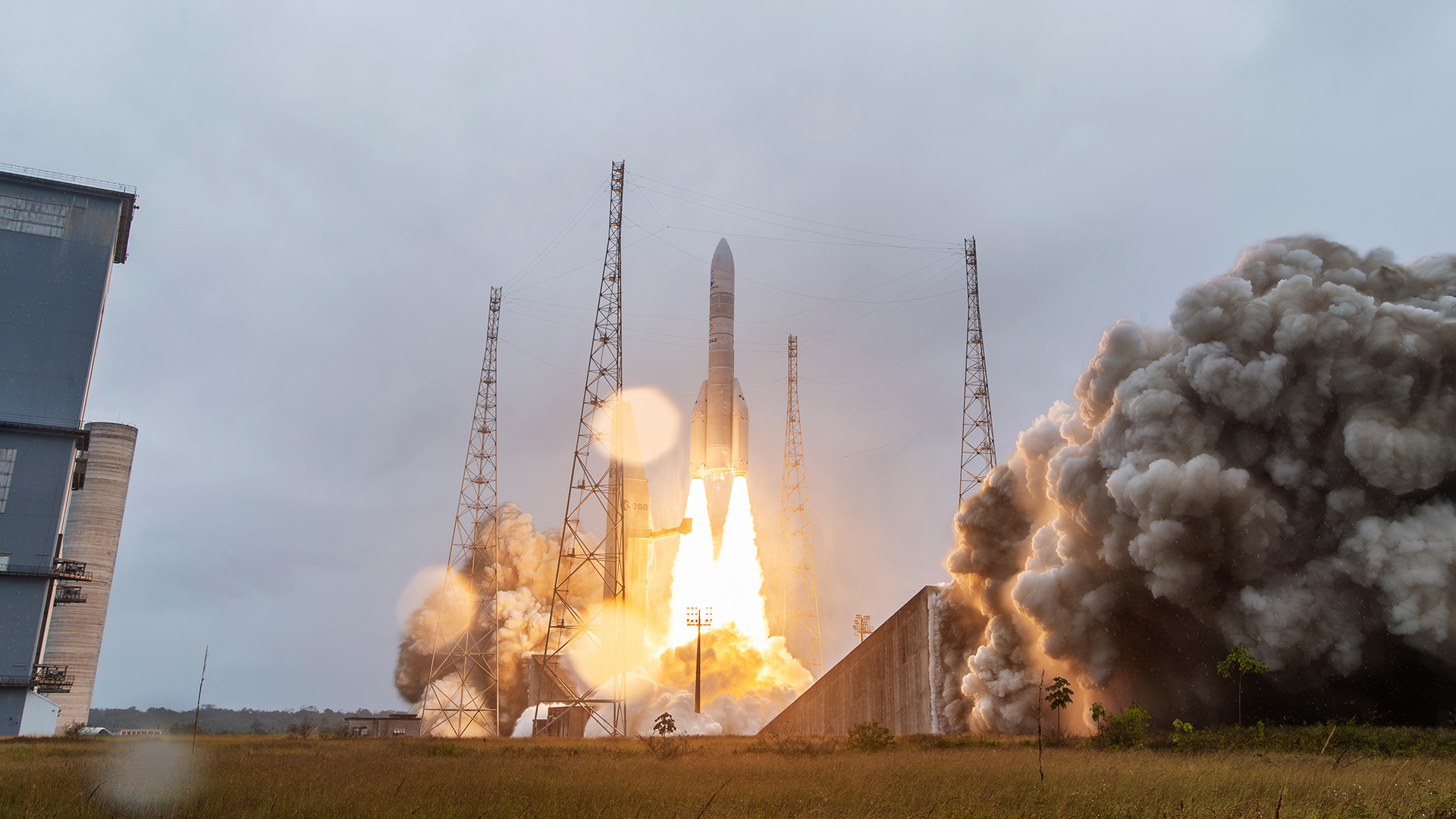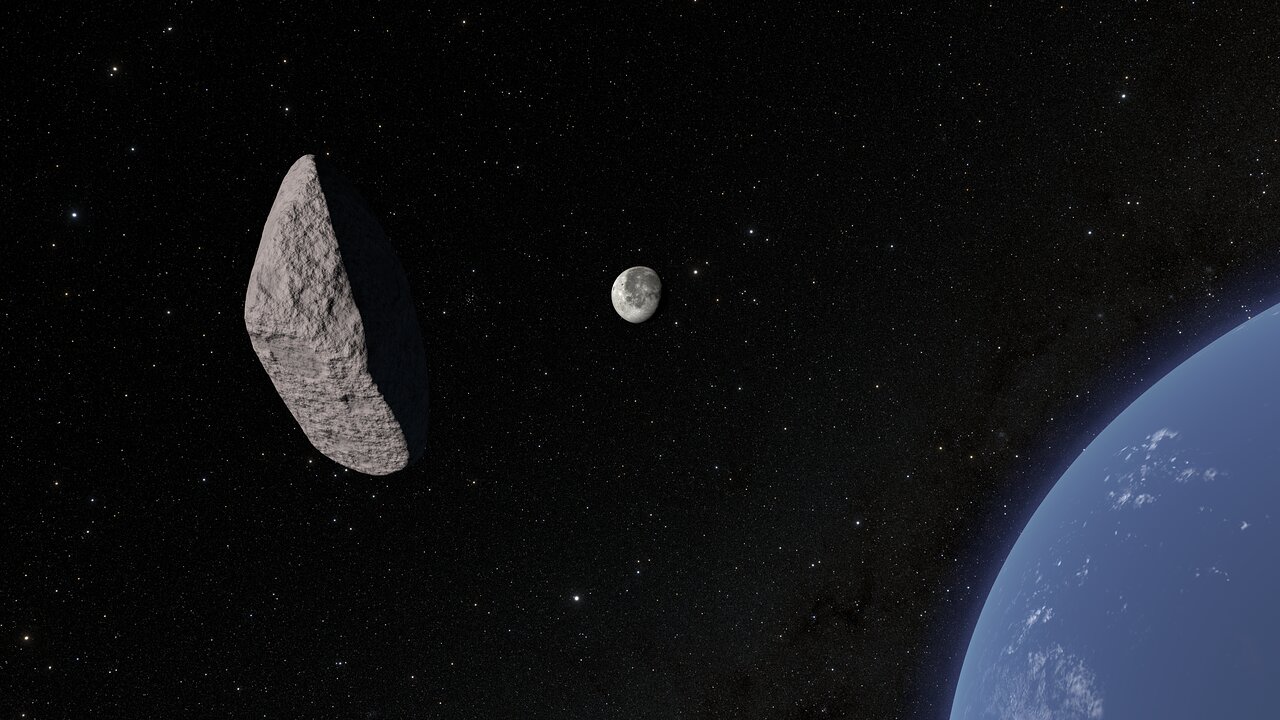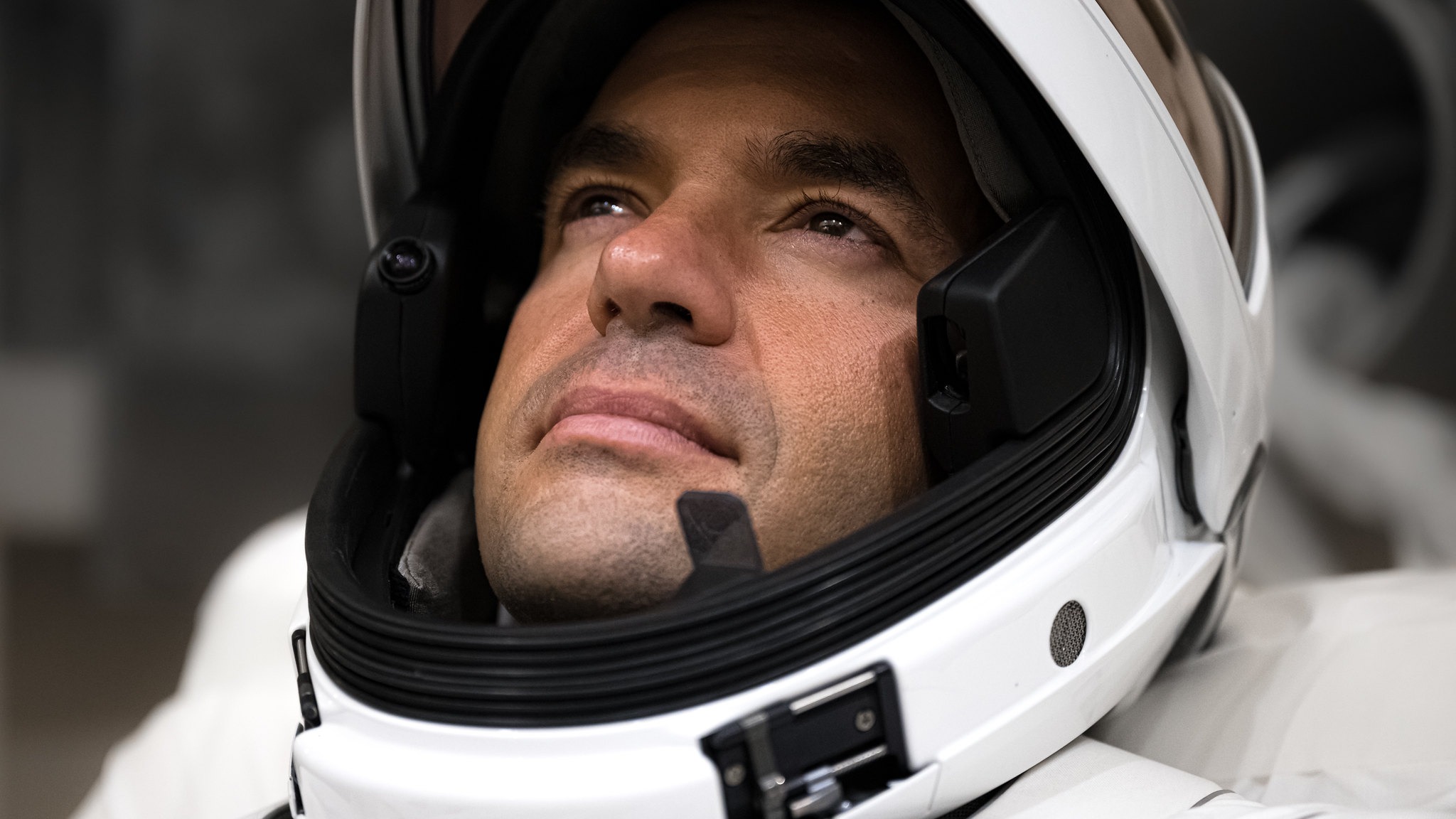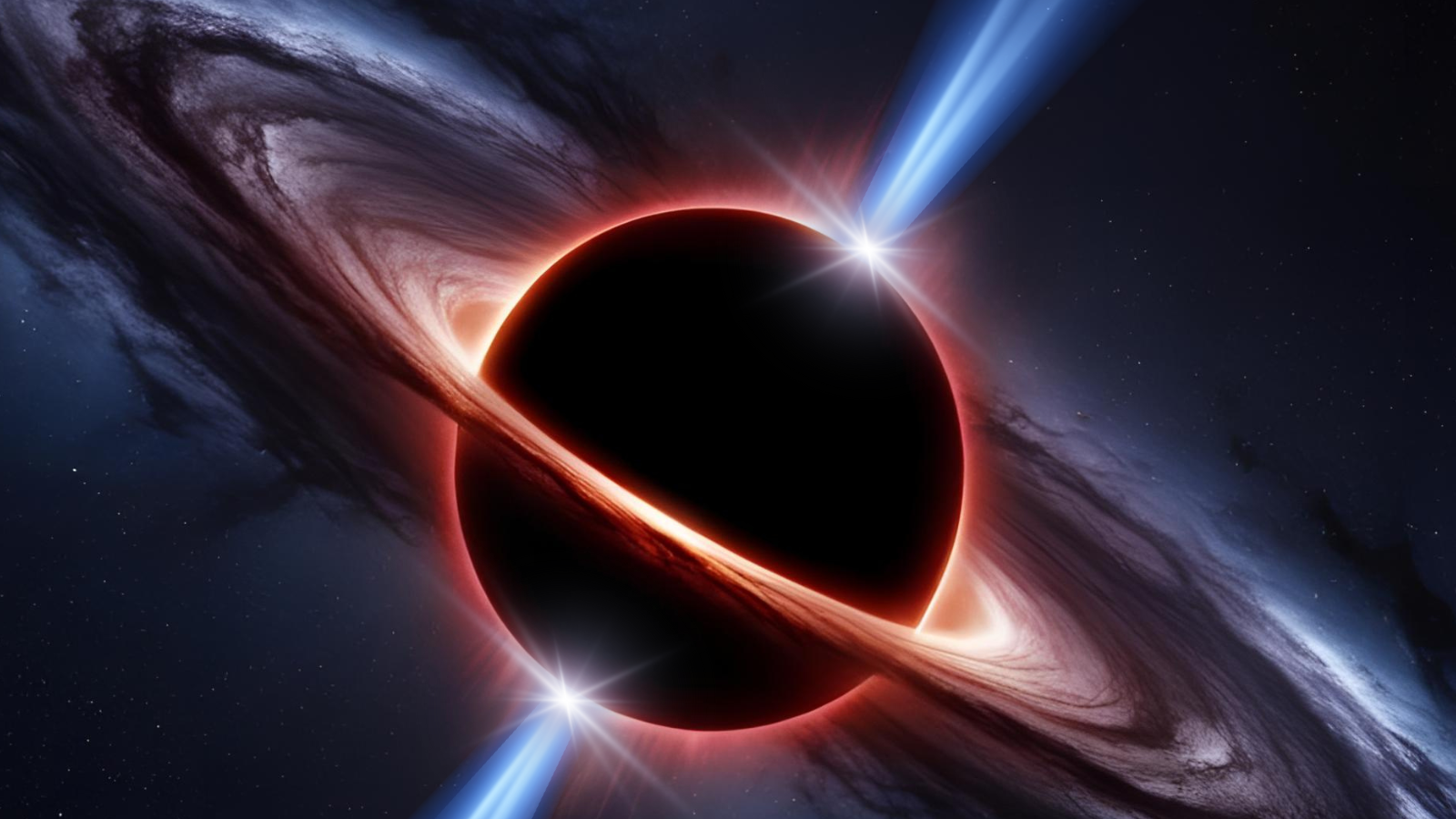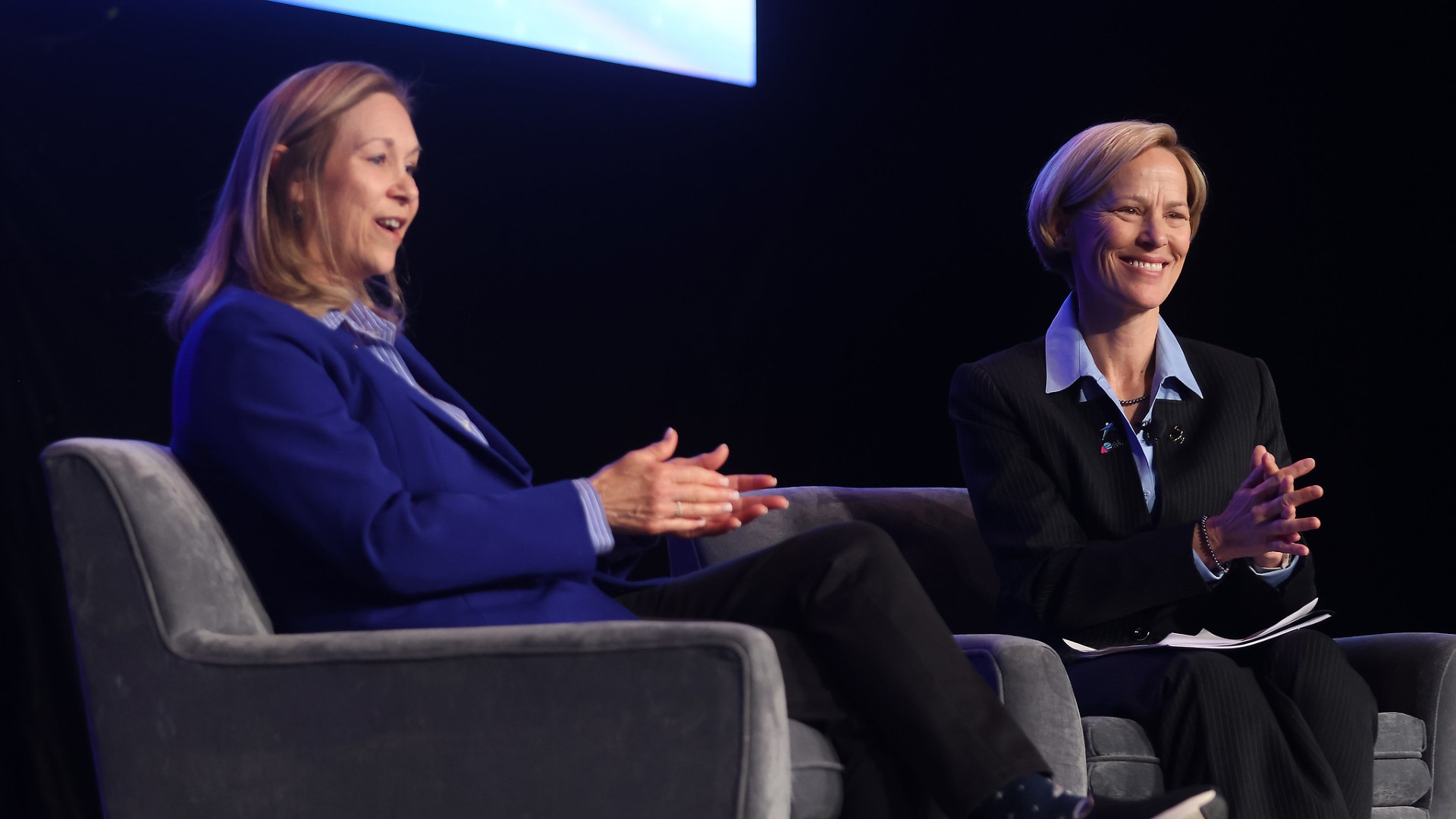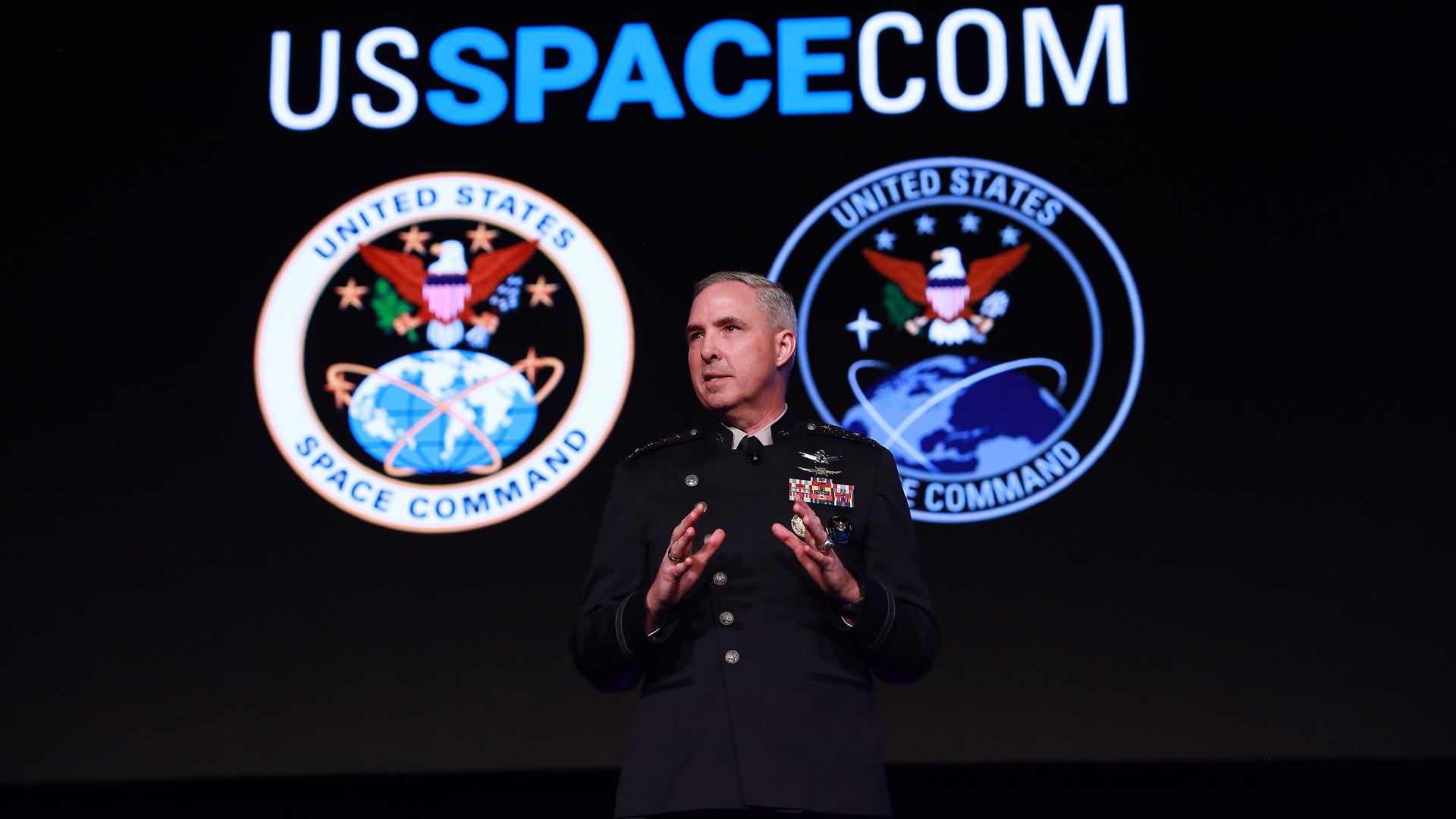Relive the Apollo 11 Moon Landing Mission in Real Time!
Editor's update for July 25, 2019: The real-time stream of Apollo 11 from ApolloinRealTime.org has ended. Thank you for joining us!
Fifty years ago, humans from Earth first walked on the moon and you can relive NASA's historic Apollo 11 mission as it happened with two amazing livestreams this month courtesy of ApolloinRealTime.org's Ben Feist and Space.com partner Simulation Curriculum, creator of the night sky software Starry Night and SkySafari 6.
With ApolloinRealTime.org, Feist and archivist Stephen Slater has created an immersive experience that stitches together vast amounts of Apollo 11 mission audio, images, video and transcripts to give viewers a full accounting of the historic mission that sent astronauts Neil Armstrong, Buzz Aldrin and Michael Collins to the moon. While Space.com is simulcasting ApolloinRealTime.org's live stream above, for the best experience you'll want to visit the website itself, which features a number of multimedia experiences and options not possible in the YouTube Feed.
Key dates:
Liftoff: July 16, 1969; 9:32 a.m. EDT (1332 GMT)
Lunar Orbit Arrival: July 19, 1969, 1:21 p.m. EDT (17:21 GMT)
Moon Landing: July 20, 4:17 p.m. EDT (2017 GMT)
Liftoff from the moon: July 21, 1969, 1:54 p.m. EDT (17:54 GMT)
Lunar Orbit Departure: July 22, 1969, 12:55 a.m. EDT (04:55 GMT)
Splashdown: July 24, 1969; 12:50 p.m. EDT (1650 GMT)
Analytical Graphics
Analytical Graphics, Inc. (AGI) has also created a spectacular rendering of the the Apollo 11 mission as it happened. You can see that simulation here.
Simulation Curriculum
Simulation Curriculum has also created a real-time widget for NASA's Apollo 11 mission that allows users to relive the mission as it happened, with detailed digital renderings of the Saturn V rocket during launch and Apollo command module and lunar lander during the flight. Its Apollo 11 in Real Time widget allows viewers not only to track the Apollo mission, but also see the locations of planets and stars during the historic Apollo missions.
Get the Space.com Newsletter
Breaking space news, the latest updates on rocket launches, skywatching events and more!
"The historic Apollo missions are an indelible part of the American experience and psyche," said Seth Meyers, Simulation Curriculum. "Generations remember Neil Armstrong's 'one small step for man,' and with the Apollo Mission data in Starry Night and SkySafari, millions of space enthusiasts will be able to vicariously experience these important space missions with precise, true-to-life simulations."
Simulation Curriculum has also teamed up with Celestron and Space.com for an Apollo 11 giveaway during the historic mission's anniversary. Find out how to enter to win here and check out our full guide to Apollo 11!
- How the Apollo 11 Moon Landing Worked (Infographic)
- Apollo 11 Moon Rocket's F-1 Engines Explained (Infographic)
- Remembering the Apollo 1 Fire (Infographic)
Follow us on Twitter @Spacedotcom and Facebook.
Join our Space Forums to keep talking space on the latest missions, night sky and more! And if you have a news tip, correction or comment, let us know at: community@space.com.

Tariq is the Editor-in-Chief of Space.com and joined the team in 2001, first as an intern and staff writer, and later as an editor. He covers human spaceflight, exploration and space science, as well as skywatching and entertainment. He became Space.com's Managing Editor in 2009 and Editor-in-Chief in 2019. Before joining Space.com, Tariq was a staff reporter for The Los Angeles Times covering education and city beats in La Habra, Fullerton and Huntington Beach. In October 2022, Tariq received the Harry Kolcum Award for excellence in space reporting from the National Space Club Florida Committee. He is also an Eagle Scout (yes, he has the Space Exploration merit badge) and went to Space Camp four times as a kid and a fifth time as an adult. He has journalism degrees from the University of Southern California and New York University. You can find Tariq at Space.com and as the co-host to the This Week In Space podcast with space historian Rod Pyle on the TWiT network. To see his latest project, you can follow Tariq on Twitter @tariqjmalik.
